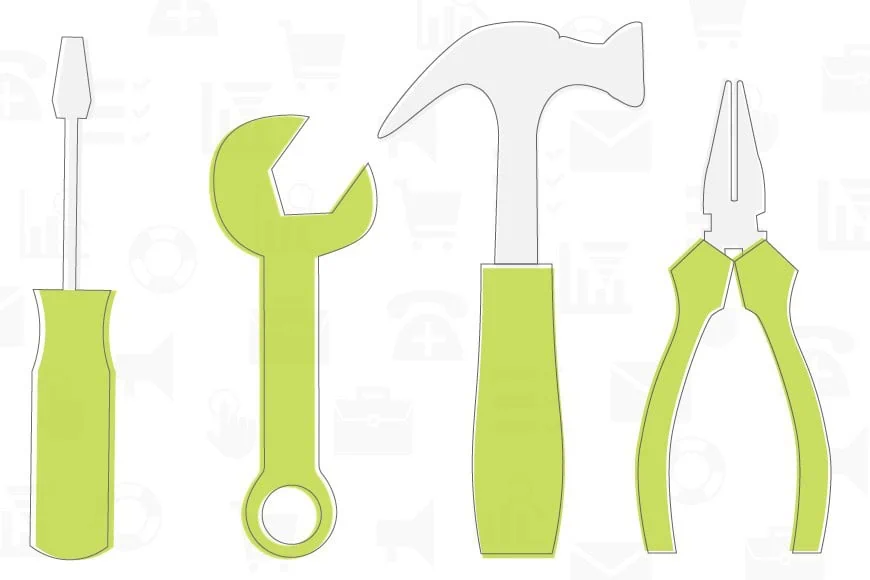Meet Your Friend: Settings!
1 Aug 2017
When you first delve into your OpenCRM, what you see is a vanilla system. This out-of-the-box system is designed to be configured so you can really make it yours. The nature of your business and the market you operate in mean that you will need to capture specific information and it is highly unlikely that you’ll find this level of detail without customising the system. For example if you are in the automobile trade you probably need to set up fields to hold details of car makes, models, showrooms or that kind of thing. This blog post explores some of those settings designed to help make your lives easier.
You can create all manner of custom field types. If you need a picklist, a text field, a contact look-up, a monetary field – depending on the type of data you want to capture, pick the field type that is best suited to this.
Whilst you are adding fields, you’ll also want to take others away – details such as “Annual Revenue” or “Number of Employees” may be completely irrelevant to your business. If you don’t remove unnecessary fields, you’ll end up with a big long list of fields in various modules where you only need a fraction of them. This kind of thing will irritate your team, and it is potentially a barrier to the successful adoption of the CRM system in your business, which seems like a shame considering how easy this is to address.
Once you have added the fields you need and removed those you don’t then it’s time to think about the layout of the page. If you have a field for “Industry” and a second “Sub-Industry” then you want those to be paired up together on-screen where they will make sense. Generally you’ll want to have the key fields at the top of the screen, with the less-important information further down or even hidden in blocks that can be expanded when you need to refer to the information stored there.
These might seem like obvious steps, but I have seen plenty of software systems where data has been shoe-horned into wrongly labeled fields, where essential fields have not been filled in, or where the key pieces of information are hidden away.
Sometimes it is worth pointing out the basics, no matter how trivial they may seem.
My role is to build our Customer Success team and I work with our clients and prospects helping them get the most from their subscription – it is a fun challenging role as no two days are the same. When not in the office I’ll be either making a noise on my guitar or getting my trainers on for a run out in the Yorkshire Dales, North York Moors or the Lake District.